- The Odyssey
- The Innovations
At the outset, Energy Observer is the name of a boat, self-sufficient in energy, with zero emissions, zero fine particles, zero noise, as well as being a symbol of our awareness raising and our ambitions at the service of ecological transition.

We designed her to prove that entirely decarbonised, decentralised and digitised energy is possible, that such a virtuous circle is achievable. Her on-board technologies, combining multiple sources – solar, wind and hydro power – and forms of storage, batteries and above all hydrogen, prefigure tomorrow’s intelligent energy networks (smart grid), which can be reproduced on a grand scale, everywhere and for everyone.
Outdoor views.
Energy Observer sailing towards in Hamburg
Energy Observer in Svalbard
Energy Observer has arrived in Saint-Malo for the end of its European Odyssey
Energy Observer sailing towards Helsinki
Energy Observer's solar pannels
Inside views
Energy Observer Inside view
Energy Observer living area boat
Energy Observer Inside boat piloting
Energy Observer living room boat
Energy Observer Inside boat bedroom
Hydrogen, keystone of the Energy Observer system
To date, hydrogen is renewable energies’ best ally. The most abundant chemical element in the universe, lightweight and boasting an energy density that is 3 times greater than traditional fuels, it enables excess surplus energies to be stored and their irregularity to be offset. If Energy Observer were to store her energy using solely traditional batteries, she would weigh twice as much!
Today, the 63kg of hydrogen stored on board Energy Observer provides 1MWh of electricity, equivalent to the average electricity consumption (including electric heating) of a 4-person household for one month and 10 days.*
In the 63 Kg of hydrogen, the fuel cell provides 1 MWh of electricity, but also 1 MWh of thermal energy that can be used for heating and hot water.
Though maritime and terrestrial mobility is satisfying the ever-increasing demands for power, speed and reliability, today hydrogen is the only energy vector offering a credible alternative to fossil fuels with no impact on the environment.
Via on-board testing of an energy system based on a mix of renewable energies and hydrogen produced aboard, we are paving the way forward for multiple terrestrial and maritime applications, which can be replicated on the scale of a user, a district or a town.
*This example is based on a household living in a house of about 140m2 at an altitude of 1000 m with a heat pump system.
Clean energy sources
The adaptability of sustainable energy systems is based on a combination of technologies, which enable energy to be produced from nature without damaging it: sun, wind, waves and currents. Our process of continuous innovation, enables us to experiment with new technologies every year, test them and sometimes give up on them where the results prove inconclusive. For solar energy, our team trialled the first bi-facial, heterojunction photovoltaic panels designed by the INES (National Institute of Solar Energy), right up to the latest flexible or vertical and invisible panels supplied by Solbian.
For wind energy, having initially trialled traction kite systems and vertical-axis wind turbines, since 2019 we’ve been developing automatic propulsion wings with the VPLP architectural firm: OceanWings®. New, automatic variable pitch propellers have also been tested since early 2020 with a view to enhancing the performance of the on-board hydro-electricity produced using the power of the ocean current. The selection criteria still remains the same: these innovations must be able to be replicated and adapted and satisfy the multiple application and mobility challenges, so that one day it becomes accessible to all.
Energy Observer's solar panels
A legendary race boat
Built in Canada in 1983 by the naval architect Nigel Irens, under the supervision of the sailor Mike Birch , she was christened “ Formule Tag ”. In 1993, with Sir Peter Blake, the boat became “ENZA NEW ZEALAND” and won the Jules Verne Trophy, securing a round the world sailing record under sail of 74 days, 22 hours, 17 minutes and 22 seconds. In 1998, she became ROYAL & SUN ALLIANCE with the first female crew in the world to make a Jules Verne Trophy attempt headed by Tracy Edwards.
Energy Observer legend 1984 Enza
Our Catamarans
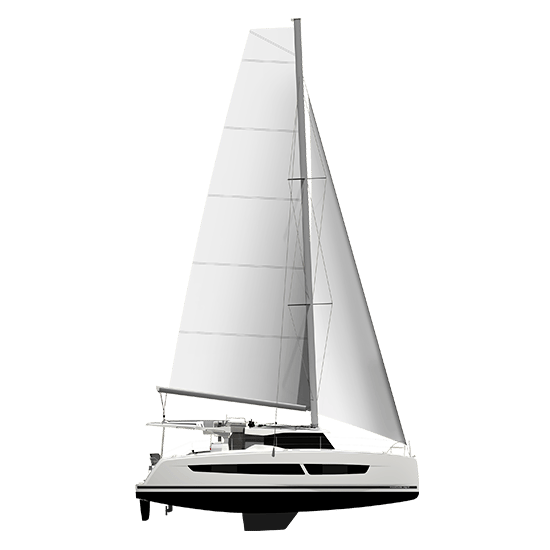
Explore our models in a different way thanks to the virtual marina
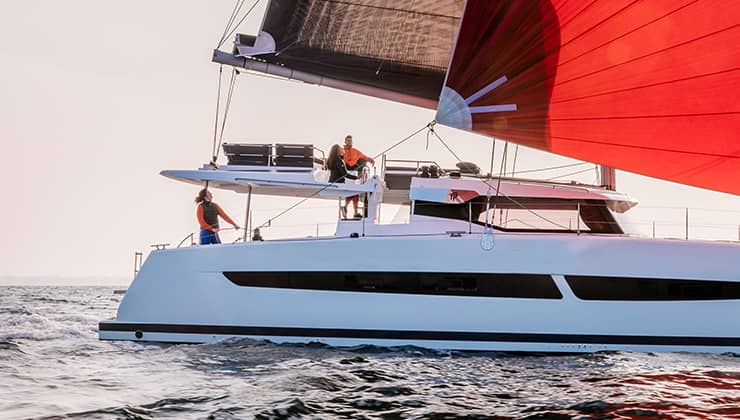
Efficiency through design
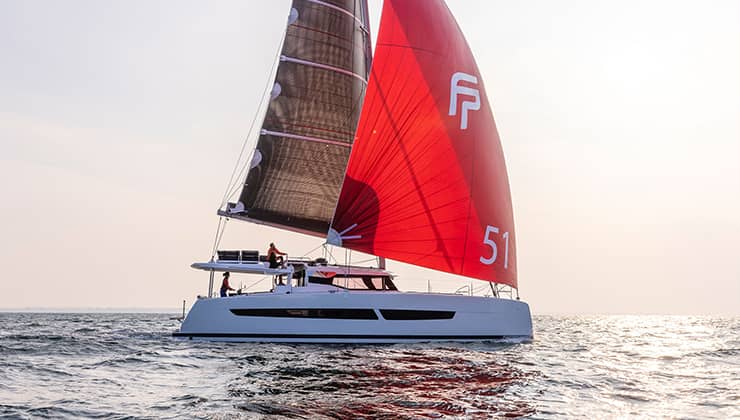
A feel for the sea: sailboats first and foremost
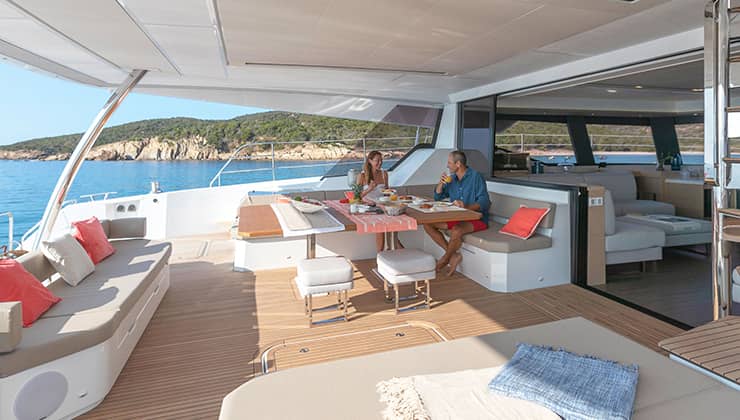
When volume transforms to real space
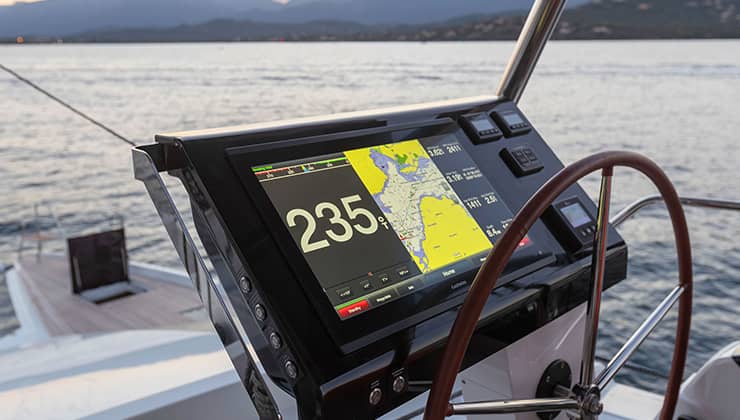
Innovation as a foundation
- Smart Electric
- Virtual marina
- Experiences
Energy Observer, a true floating laboratory
21 April 2023
Event location

Energy Observer, a source of inspiration and experience for Fountaine Pajot, allowing the development of the first production hydrogen-powered cruising catamaran.
Fountaine Pajot recently collaborated with EODev , a company specialized in hydrogen solutions , to develop its zero-carbon emission boat , the Samana 59 Smart Electric REXH2 . This new generation catamaran, prefiguring the future of boating, has benefited from the technologies developed on board the Energy Observer , catamaran, a true floating laboratory of new energies , which has been sailing the world’s seas for several years. In this new podcast, on the occasion of the partners’ village organized by Fountaine Pajot in La Rochelle, we meet Louis-Noël Viviès , General Manager of Energy Observer, to talk to us about the history of this legendary boat, rich of +40 years of evolution, as well as their experiences and the technical choices they had to make to achieve this project. He also talks about the interest of hydrogen as an energy source and its future in the nautical industry for the next years.

What future for hydrogen in the marine industry? | Energy Observer
Louis Noël Viviès, can you explain and present us what Energy Observer is?
“Energy Observer is one of the first and oldest large racing catamarans. It was originally called “Formule Tag”, the first large catamaran built by Canadair in 1983. So the boat celebrates its 40th birthday in April, which is very interesting from a life cycle analysis perspective. It was famous by Peter Blake, because he beat the round-the-world speed record at the time with this boat. It had 450m² of sail area, and weighed 15 tons. Today, Energy Observer weighs 35 tons, and it has only two small vertical wings on each side of 32m², but they are very efficient.
So it’s very symbolic that the first production cruise boat using these hydrogen propulsion technologies, with the Samana 59 Smart Electric REXH2 , is from Fountaine Pajot . Because it is also here, in La Rochelle, that the famous catamaran “Charente-Maritime” was built, one of the first racing catamarans that made headlines at the time.
So this is the story of a legendary racing boat, which has been modified and lengthened countless times and which is today the first floating laboratory for renewable energies . Today, we are working on new generations of flexible solar panels , on variable pitch propellers and of course on hydrogen …
Indeed, it was a world first to have an electrolyser on a boat, back in 2017, when we launched the boat, which allows us to produce our own hydrogen on board. We have sailed more than 50,000 miles with this technology, the equivalent of two round the world tours. It is a very efficient laboratory with engineers and sailors from the merchant navy on board. It’s really very efficient.”
What are the challenges that Energy Observer had to face to implement a complete hydrogen system on board?
“It was the fact that it was really innovative, there were a lot of standards and regulations to respect. However, as we were really the first, we were quite well followed and accompanied. But very clearly, on the first departures, when we were refueling with hydrogen, with the cables laid directly on the dock by a small truck, it was not easy. We also had a lot of problems with the electrolyser to produce our own hydrogen on board, at the beginning it didn’t work, we must be clear. Today, we still have a lot of work to do on the compression, because yes we use gaseous hydrogen and not liquid, so we have to compress the hydrogen to store it. Indeed, there were no small compressors on board, so we had to design custom-made compression systems.
At each step, we had to innovate, make reliable, break and replace. But on the hydrogen part, since the boat has been equipped with a Toyota fuel cell from the automobile industry, to convert hydrogen into electricity , it is much simpler than with our prototype fuel cell. These fuel cell are subject to strong constraints, such as a marine environment, with humid and salty air, shocks, temperature variations… Not to mention fine particle pollution. It may seem trivial, but there are a lot of diesel boats in the ports, and these fine particles must not be enter the fuel cells, because that would damage the system, so we have worked a lot on air filtration systems. Not to mention the cooling system which is an exchanger using sea water as a cooler…
So everything had to be invented, it was step by step. I salute the enormous work done by the engineers on board, even if the average speed of the boat today is around 5-6 knots with peaks of 12 knots. But when we think back to the first big boat of this type, Planet Solar, a big German boat that was 125 tons and that ran only on solar energy , it only went around the world at an average of 1.8 knots.
Today, after five years, Energy Observer 1 is almost at the end of its development. We are now doing a lot of reliability work, we are trying new generations of solar panels… but of course we are still trying a lot of things in terms of hydrogen, especially everything concerning the corrosion on board.
To be honest, when we launched the boat in 2017, I didn’t think it would work so well, but it works! That’s why today we’re very proud to see production boats adopting these solutions, because we’re convinced that’s really the future, we don’t see any other solution.”

Thanks to the experience you have acquired with Energy Observer, how do you see the future of hydrogen implementation in the maritime industry?
“To be precise, we think that on the “small” boats we will use automobile technologies, for several reasons. First, because it is much cheaper because they are manufactured in large series. You should know that this year (2023-2014) Toyota has a production target of 30,000 units of fuel cells , the same one that is present on Energy Observer and the Samana 59 REXH2 of Fountaine Pajot . So we are no longer working with fragile prototype fuel cells, with a virtually unknown lifespan. We now have a track record, with extremely reliable data on the ageing of the boat and on the corrosion of the membranes. So we have life expectancies that are really becoming compatible with maritime use. Then, I think that we will use more and more these industrial fuel cells because, in addition to being inexpensive, they are very reliable, light and compact. The hydrogen will be stored in a gaseous state, because in the automobile industry it is gaseous, with pressures of up to 700 bars, which is the standard in this sector.
Of course, on very high-powered boats such as super yachts or cargo ships, which are the big projects we are working on today with Air Liquide and CMA CGM, we will switch to liquid hydrogen, cooled to -252 degrees. These are truly innovative technologies. In my opinion, we are back in a cycle of real innovations, breakthroughs and development, as we did at the time for Energy Observer 1.
However, the boundary between gaseous hydrogen , which I would qualify as standard and mass market, and liquid hydrogen , which is the future of heavy maritime transport, will become increasingly porous. We realize that the heavy truck industry is investing a lot in small liquid hydrogen tanks. But there is still a long way because behind it there is not yet the technology to process what is called “vapor lock.” When you cool hydrogen to -252 degrees there is evaporation with a loss of about 10 to 15% per day. So if you have a cargo ship that uses energy continuously, both during its navigation and dock phases, this hydrogen evaporation can be used, of course. But with a sailing boat that will spend 7 days at sea, then after several days or months at dock with nobody on board, it is less coherent to lose 15% of your tank per day. You have to have permanent consumption for it to be interesting, so in my opinion it will be reserved for professional ships, passenger boats or fishing boats. […] ”
Pour synthétiser vos propos, vous imaginez donc l’avenir avec de l’hydrogène liquide pour les navires professionnels et transport maritimes lourds, et de l’hydrogène gazeux pour des bateaux de type croisière comme le Samana 59 REXH2 ? Quand est-il des solutions de recharge ?
« Oui c’est ce que je pense. Après, bien évidemment, aucun de ces bateaux n’a d’intérêt à produire son propre hydrogène à bord, comme nous le faisons. Cela dépend donc surtout du déploiement de stations de recharge à hydrogène dans les ports. Toutefois, de l’hydrogène, il y en a des quantités industrielles partout. Pour faire 1 litre de diesel vous avez besoin de beaucoup d’hydrogène. Le Diesel et l’Essence sont fabriqués à partir de pétrole brut qui est raffiné avec de l’hydrogène. Donc dès que vous avez une raffinerie, vous avez des quantités énormes d’hydrogène.
Le problème, c’est le lien entre ces grosses quantités d’hydrogène liquide (le plus vert et décarboné possible) et comment le faire parvenir aux bateaux. La solution, c’est ce qu’on appelle un “dispenser”. C’est une station qui prend cet hydrogène liquide, le compresse à la bonne température pour qu’il devienne gazeux et stable, pour ensuite l’injecter dans le bateau. Ça ne demande pas beaucoup de place. Ce sont des investissements qui ne sont pas énormes, mais on trouve que le déploiement est long, le temps que les collectivités et les ports s’emparent du sujet. C’est toujours l’histoire de l’œuf ou de la poule, il n’y a pas de consommateur aujourd’hui, ou très peu. C’est pour ça qu’on compte beaucoup sur des gros événements, comme les Jeux Olympiques de 2024 , qui veulent promouvoir l’hydrogène , afin de pouvoir créer une demande un peu soudaine qui justifierait l’investissement. La religion des Jeux Olympiques c’est que chaque investissement ait un usage derrière qui rende pérenne l’investissement, donc on compte sur cet évènement. Mais c’est un peu une bagarre de tous les jours avec à la fois les énergéticiens, qui investissent dans ces systèmes et puis avec les collectivités locales, qui aujourd’hui voit encore un peu l’hydrogène comme quelque chose de futuriste, alors que ça ne l’est pas du tout ! […]
En clair, tout ceci, c’est du concret. Et surtout ça a un usage direct et immédiat pour plein d’applications, comme avec le Samana 59 REXH2 , par exemple. Donc nous sommes très heureux, on a la sensation qu’on a la même culture, qu’on a la même approche, qu’on est hyper pragmatique. […] »
Louis-Noël Viviès, Directeur Général d’Energy Observer.
You may also be interested in
Interview with an Alégria 67 Owner & guided tour
Xavier Embroise
Alégria 67 Owner
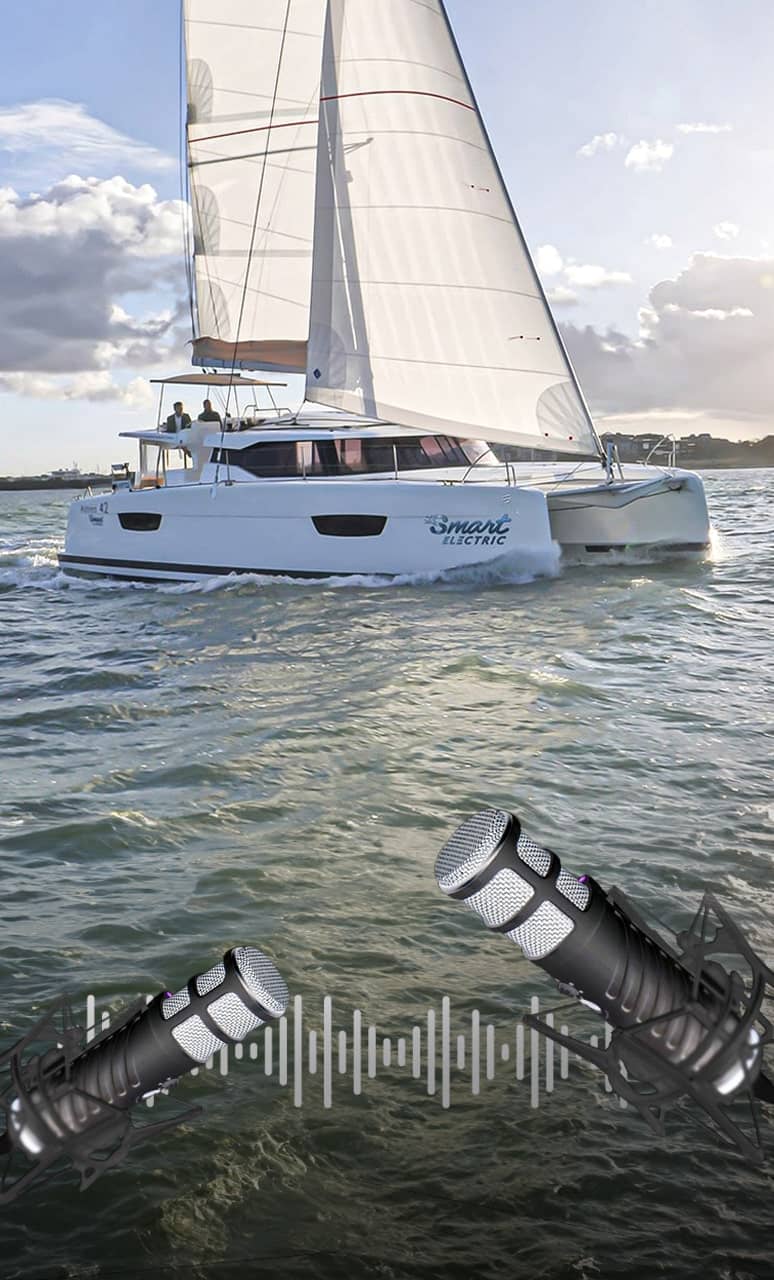
How does Smart Electric technology work? Answer on video…
Smart Electric: a complete overview of this technology, its origins, how it works and its everyday benefits... #Broadcast
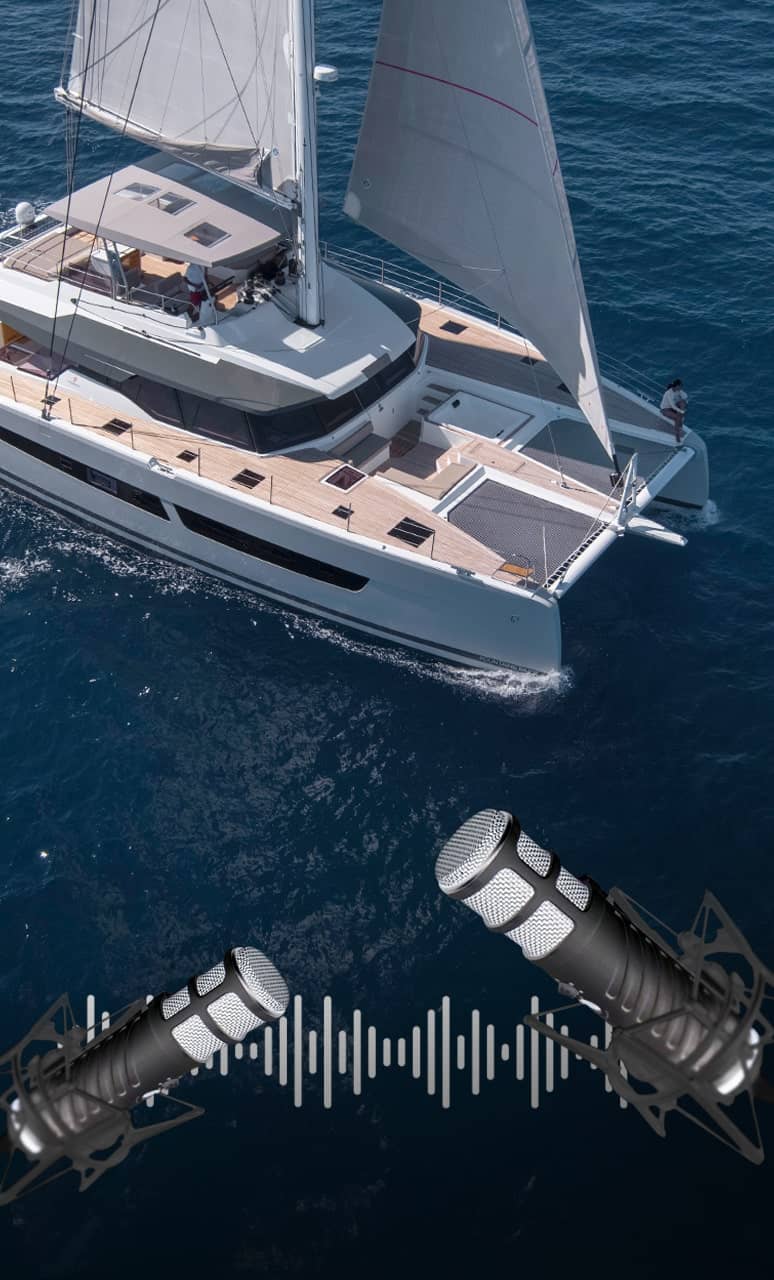
Acquire a flagship catamaran, tailor-made solutions: charter management, customization…
How do you buy a flagship? What types of ownership are there? How do I get proper support? Find out all you need to know in this broadcast...
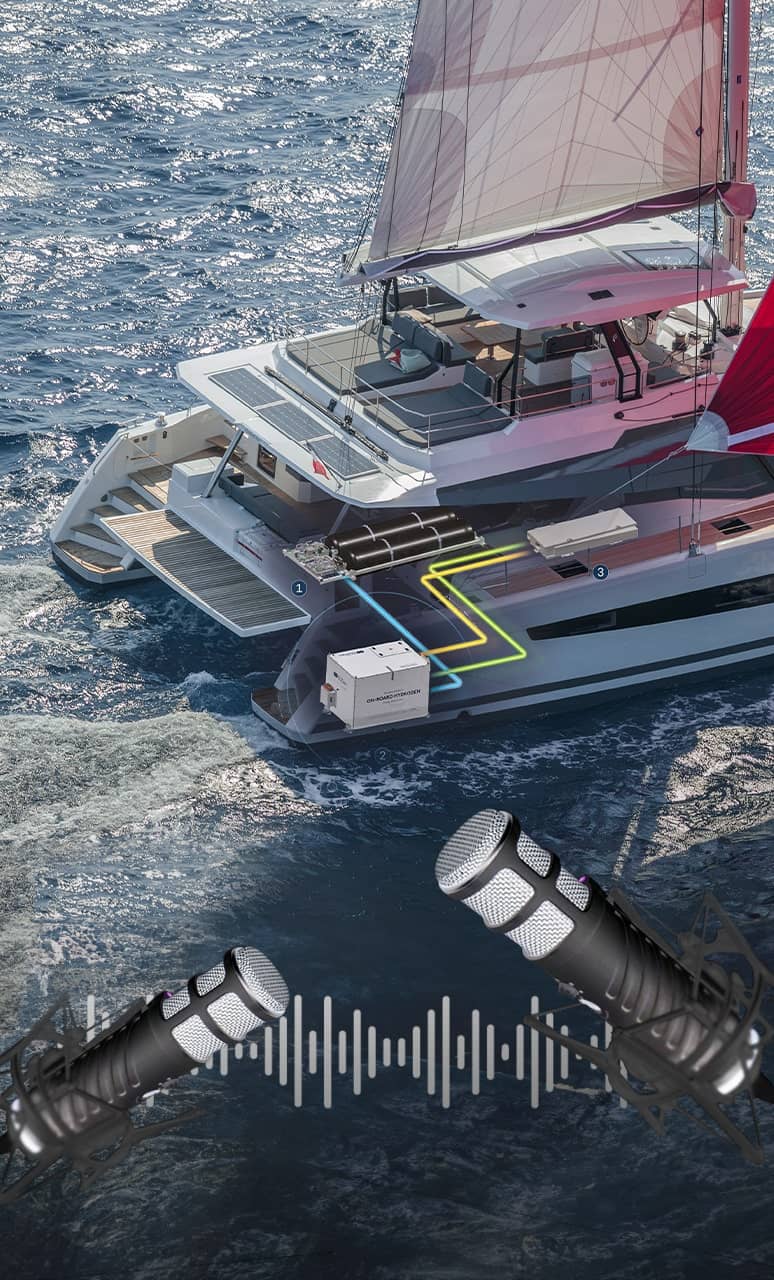
What is the future of hydrogen in recreational boating?
Discover the challenges of implementing Hydrogen, thanks to our experts...
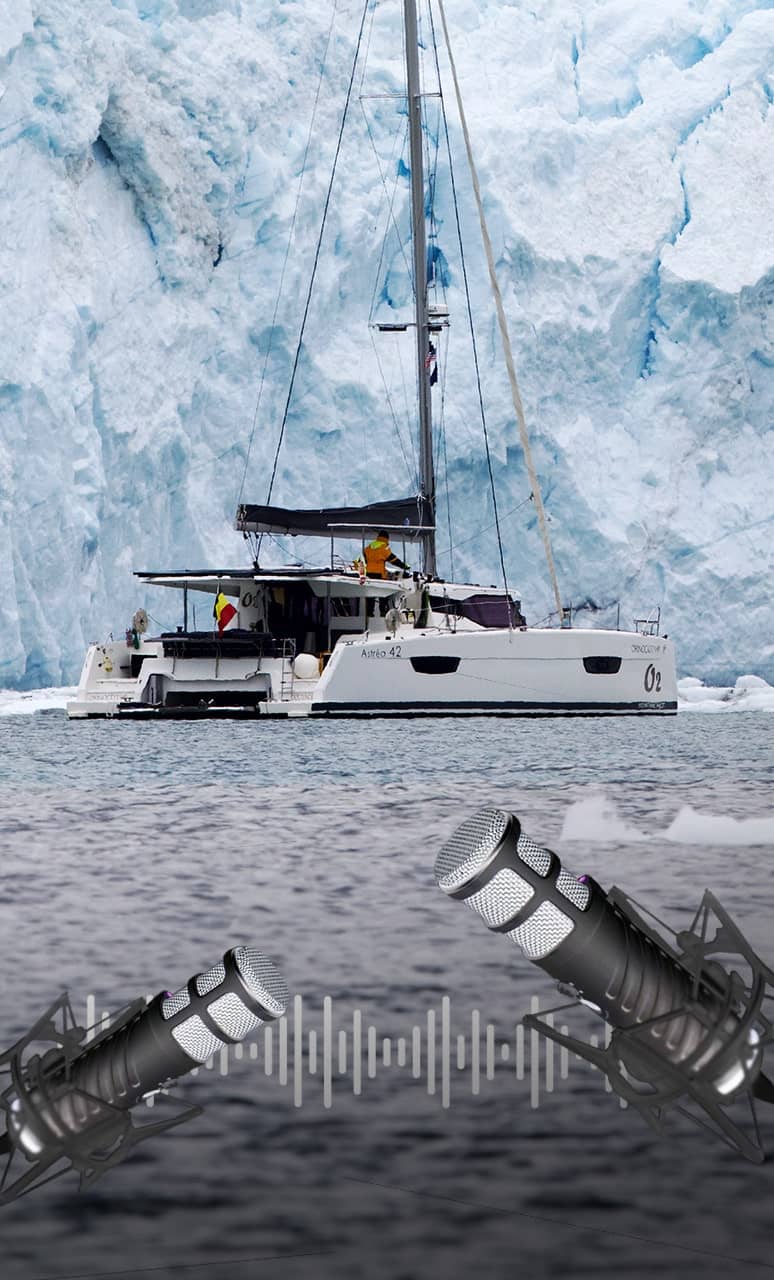
Isla 40 and Astrea 42, the perfect models for starting out in the world of catamarans?
Isla 40 and Astréa 42, find out all about these catamarans through two testimonials...
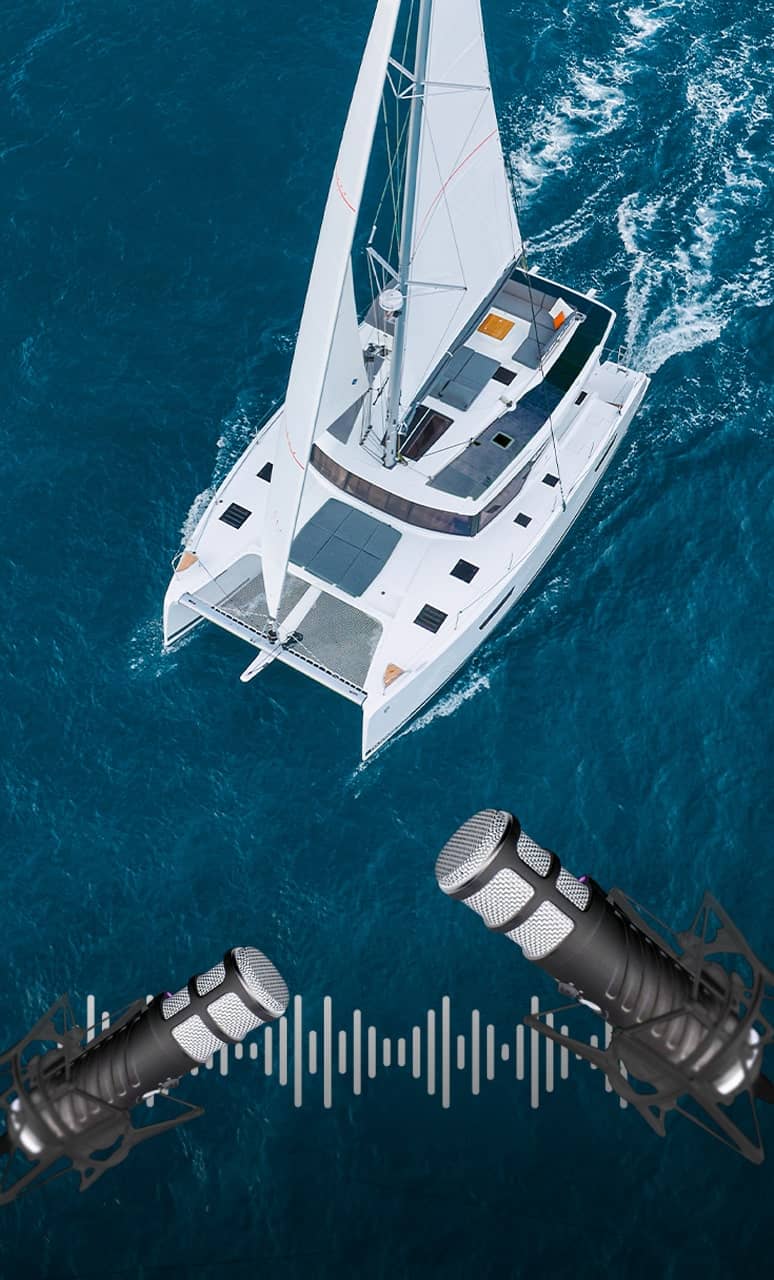
The Tanna 47, a multi-purpose boat that ticks all the boxes?
Tanna 47: a program to find out all about this model...
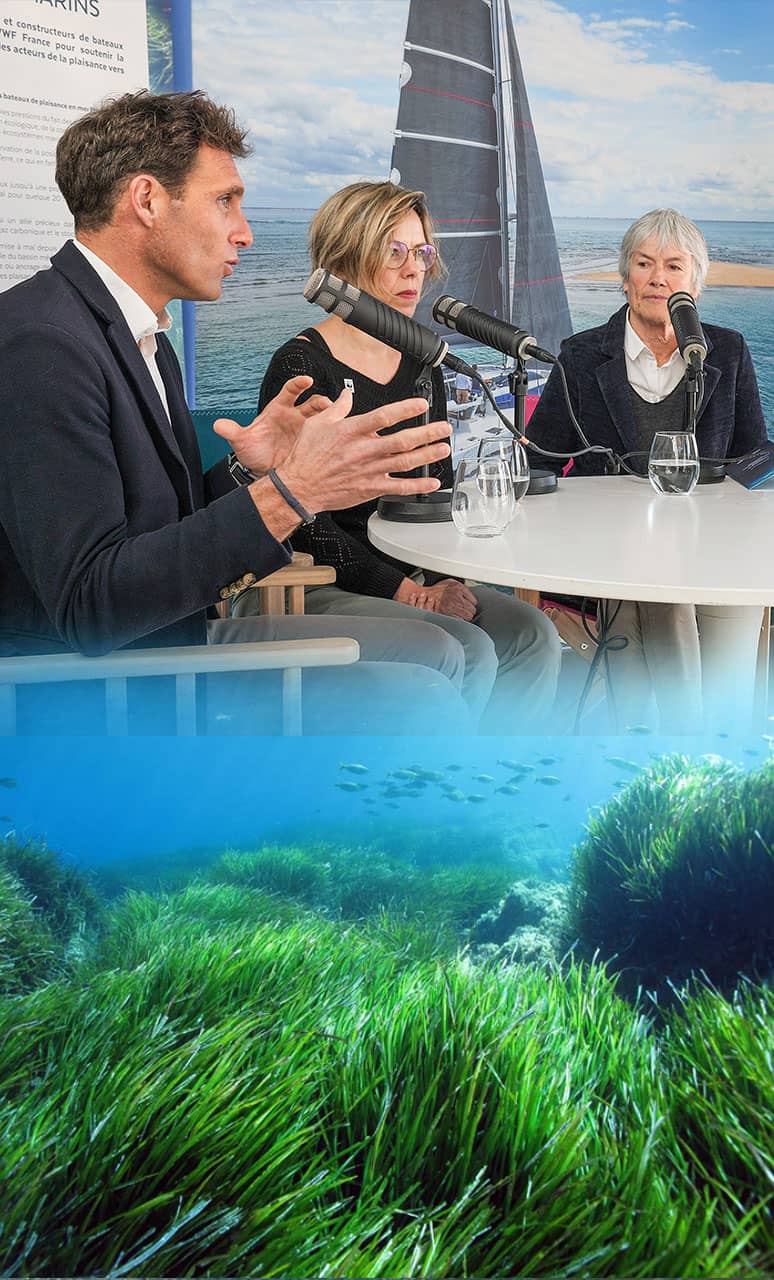
Posidonia seagrass beds, the blue lung of the Mediterranean sea? WWF explains us everything
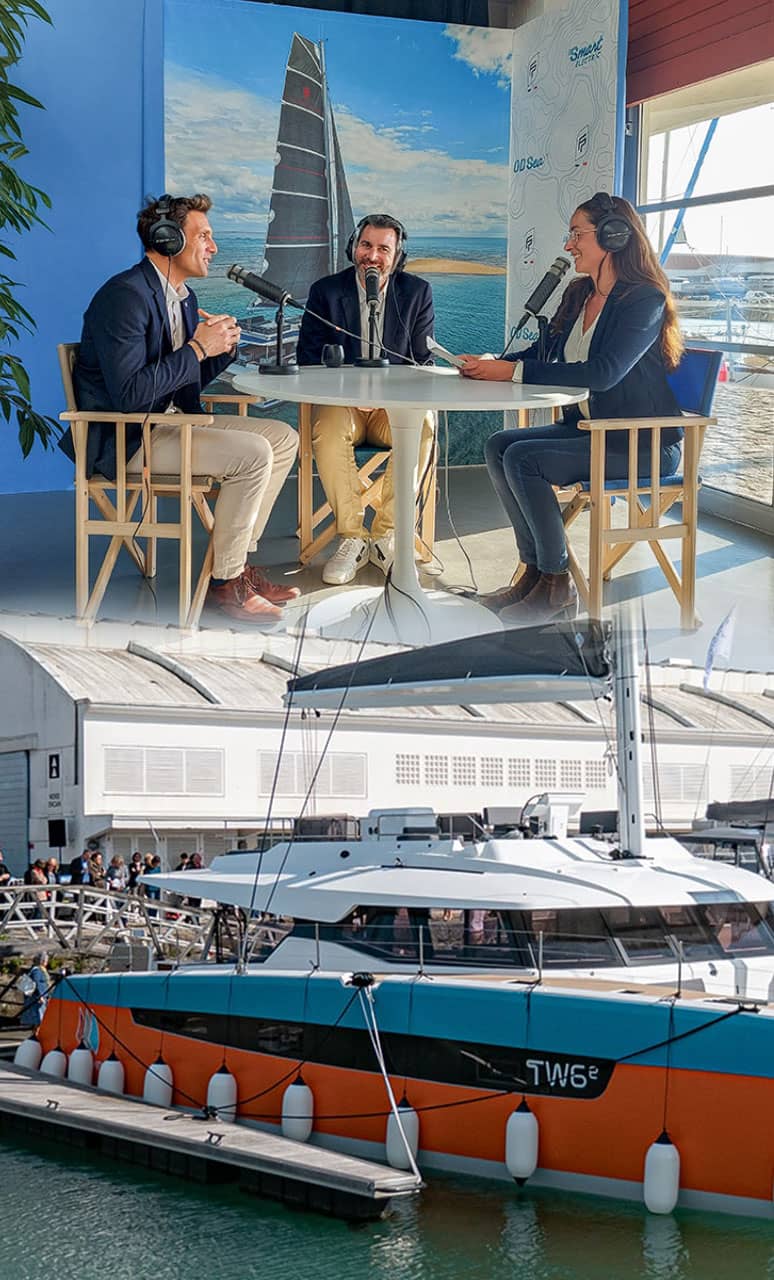
The first 100% electric hydrogen catamaran
The Samana 59 REXH2, a hydrogen catamaran forerunner of future 100% carbon-free solutions.
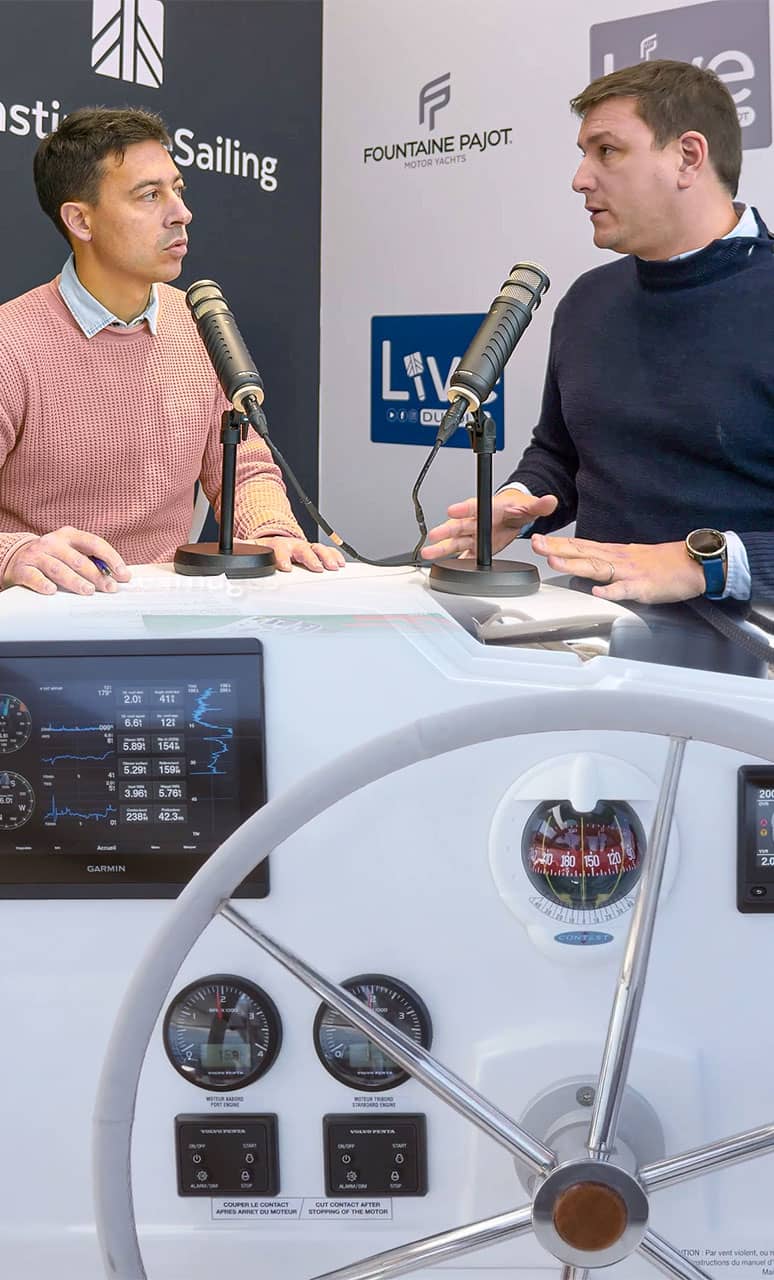
How Garmin envisions the future of its navigation equipment?
Garmin has been an official partner of Fountaine Pajot for many years, equipping Fountaine Pajot sailing catamarans and motor yachts with navigation equipment and interfaces.
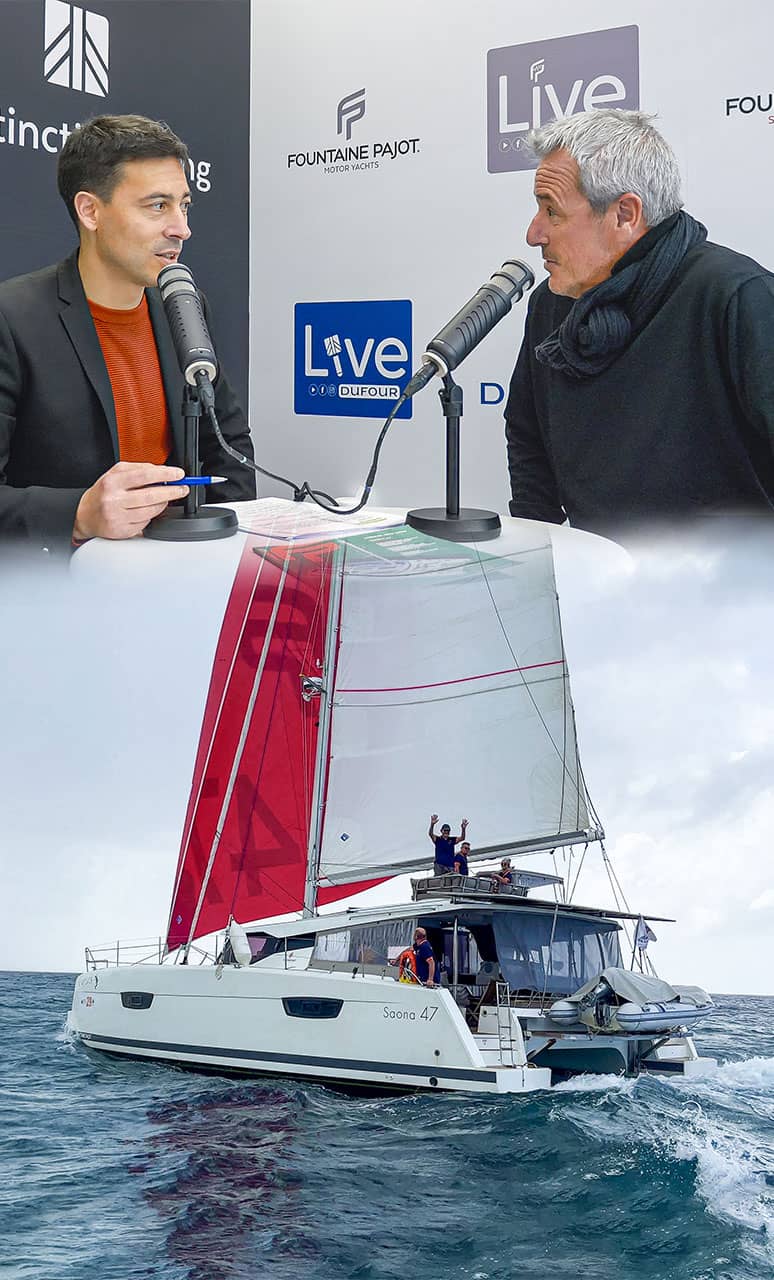
Rallye “des Îles du Soleil”, a friendly and safe transatlantic race?
Pierrick Garenne comes back on this new edition of the Rallye des îles du Soleil.
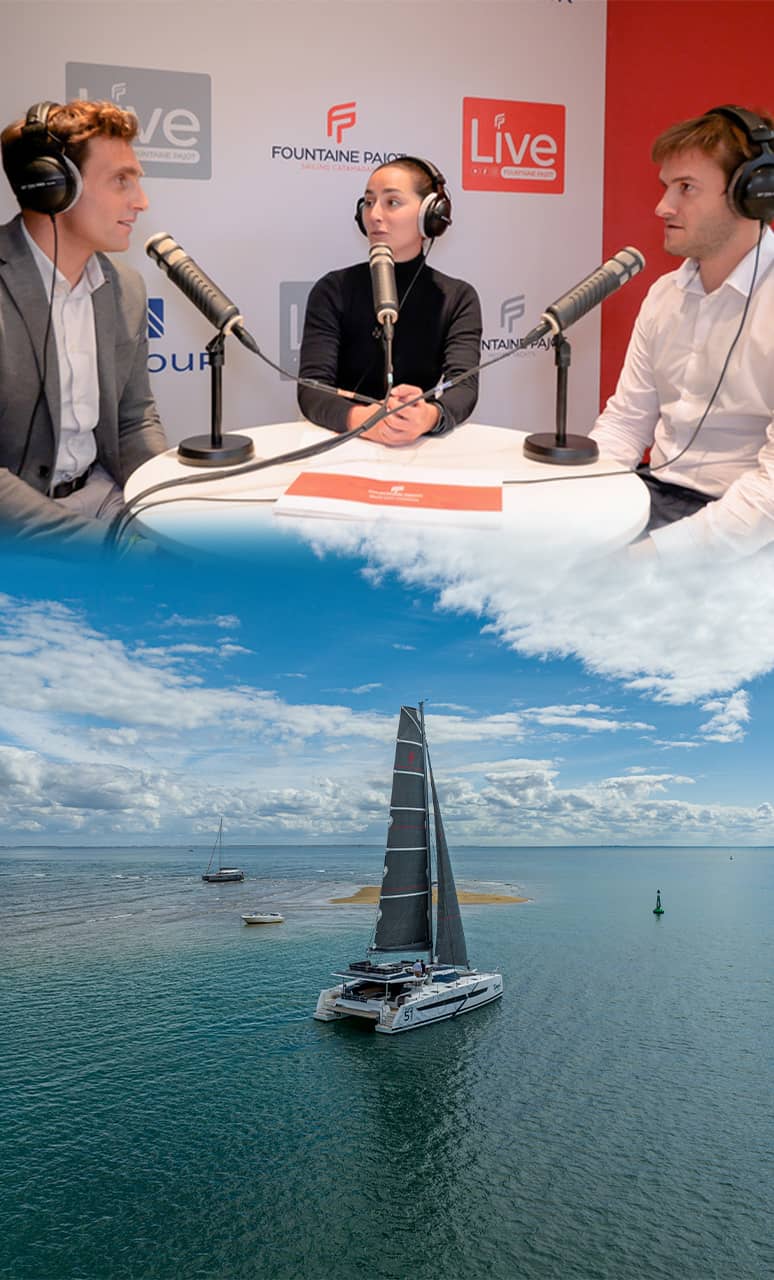
Aura 51 Smart Electric: behind the scenes of its conception
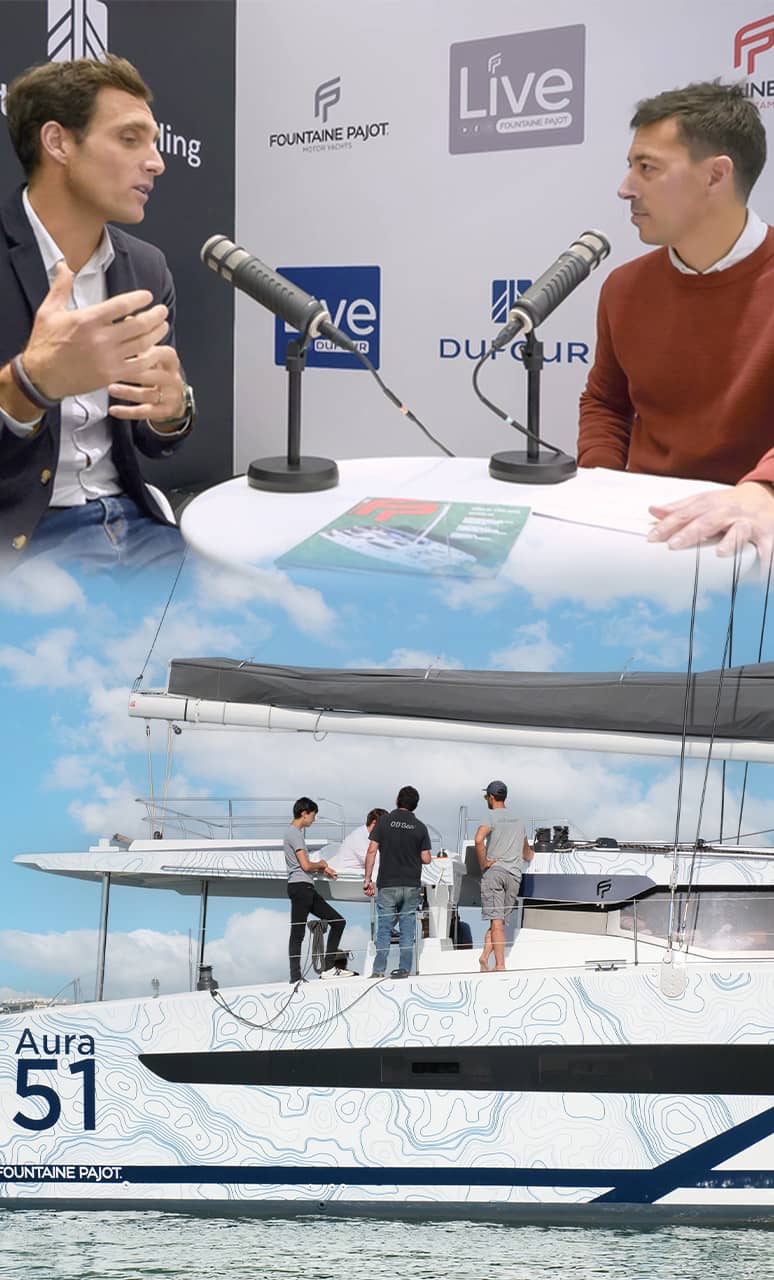
1 year later, where is Fountaine Pajot’s environmental strategy?
Subscribe to the newsletter
Follow the adventures of Fountaine Pajot Owners, discover the latest news and upcoming events, and take part in the development of the Boat of tomorrow!
Compare models
Catamaran New 41
Catamaran Astréa 42

Hosting capacity
Motorisation
Technical information
User-friendly areas
Sunbathing Oui
Kitchen Non
Discover the prices
Double rooms
Your contact details
One last step before reaching the next page & discovering the prices proposed & main options for this version! You'll then be able, to schedule a live chat with your local dealer to discuss all the options and configurations available for this model!
Your home port
Any questions?
No pack information currently available online for this Flagship model. We will get back to you directly. Thank you
Would you like to configure this model’s options or set up another model?
Make an appointment with your nearest dealer and choose the boat of your dreams.
Watch CBS News
Take a tour of the Energy Observer, a sailboat running on 100% renewable energy
By Alecia Reid
April 12, 2024 / 6:11 PM EDT / CBS New York
NEW YORK -- A sailboat running on 100% renewable energy has made its way around the world for the last seven years and is now in New York City until Earth Day.
CBS New York's Alecia Reid got a tour of the vessel.
The Energy Observer is a decommissioned racing catamaran, now refitted with solar panels covering the entire vessel, in addition to innovative technology. It's a step towards a greener, more sustainable, low-carbon future.
"What we're trying to show to people is that a mix of renewable energies is the best option," boat swain George Conty said.
The floating lab is the first self-sufficient, zero-emission vessel. The crew of five uses renewable energy and hydrogen technology to power the boat as they sail around the world. The initial energy comes from the sun and wind.
"The excess, we store it in batteries. Then when the batteries are full and we still have some sun, instead of just losing this energy that arrives on the boat, we produce hydrogen to continue storing this energy in the form of gas," on-board system engineer Luc Bourserie said.
Engineers are constantly testing the technology to ensure it works. The hope is that any part of the prototype can be used as an inspiration to others searching for ecological sustainability.
"We have proof that the technology works," said Beatrice Cordiano, on-board scientist and climate energy expert. "The concept is quite simple, you just have to deploy a lot of renewable energy capacity."
It's definitely tight quarters living on the boat year-round, but the crew has a decent-sized kitchen that they make good use of.
"And sometimes we don't, and make salads. We adapt," Bourserie said.
People interested in touring the Observer can win a chance at the Earth Day Festival in Union Square on April 14. The vessel will remain in New York City until April 22 before heading to the Summer Olympics in Paris.

Alecia Reid is an award-winning, Emmy-nominated reporter for CBS News New York. She is a sustainability and social justice advocate; passionate about giving a voice to people who may not otherwise be able to tell their stories.
Featured Local Savings
More from cbs news.

What happens if NYC Mayor Eric Adams resigns or leaves office?

NYC Schools Chancellor David Banks announces retirement

NYPD officer recovering after being slashed in the face near Gramercy Park

MTA board approves $68.5 billion capital plan
